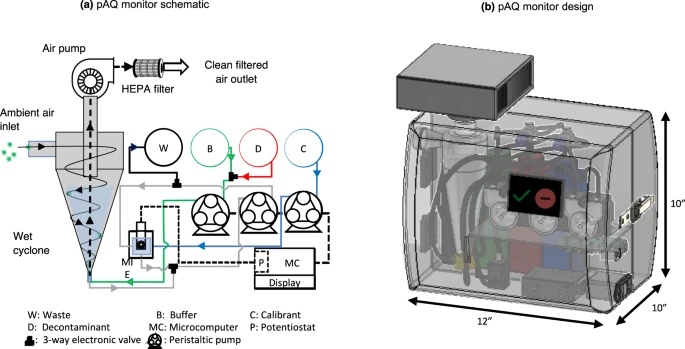- Original Article
- Open Access
Dig Dis Sci (2023). https://doi.org/10.1007/s10620-023-07976-4
Abstract
Background
Gastrointestinal (GI) symptoms are recognized sequelae of acute respiratory illness (ARI), but their prevalence is not well documented. Our study aim was to assess the incidence of GI symptoms in community ARI cases for persons of all ages and their association with clinical outcomes.
Methods
We collected mid-nasal swabs, clinical, and symptom data from Seattle-area individuals during the 2018–2019 winter season as part of a large-scale prospective community surveillance study.







